Planning To Join Jazz Dance Classes? Here Is Your Beginners Guide
Jazz music’s genesis is still largely a mystery. We understand that the music from New Orleans that was well-liked by the African-American community served as the inspiration for the first official jazz album, released in 1917.
Scholars are unsure of the origins of the word “jazz.” Some think the term, which dates to the Civil War, was inspired by the slave population’s slang term for an energising surge of energy, “jasm.”
Others assert that it’s short for jasmine, a type of fragrance that prostitutes in New Orleans frequently wear. The red-light municipality of New Orleans was home to some of the very first venues to host jazz musicians.
Another thing regarding jazz that we know is that it gave rise to jazz dance, a well-liked form of dance that many still engage in today. We’ll give a quick crash course in jazz dancing in the following sentences.
Also Read:- Arts and Entertainment | News & Career Field- Readers Desire
1. What Is Jazz Dance?
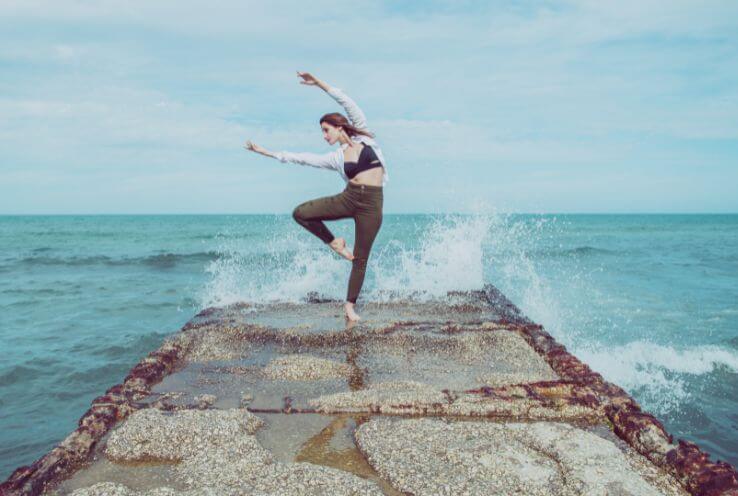
Jazz dance is challenging to categorise due to its eclectic nature, which allows it to incorporate many different concepts. Because a particular aspect of jazz dance is improvised, some movements and styles have no cultural origin.
Jazz dance is organised in a few different ways, though. Despite having a few European influences, it heavily incorporates African music and dance.
Jazz is regarded as a part of American musical and dance history despite, or perhaps even because of, its many influences. Jazz was once a very contentious musical and dance genre, which is unsurprising given its historical roots.
However, rather than being a valid music criticism, this was more of a self-fulfilling prophecy. Because jazz was developed and primarily popularised by black performers during the 1920s, when racism was still pervasive, people were initially sceptical of it.
Black jazz musicians were frequently forced into speakeasies and brothels as a result of being unwelcome in legitimate establishments. Speakeasies proudly welcomed them because the music was well-liked and attracted patrons.
2. Jazz Dance and Ballet
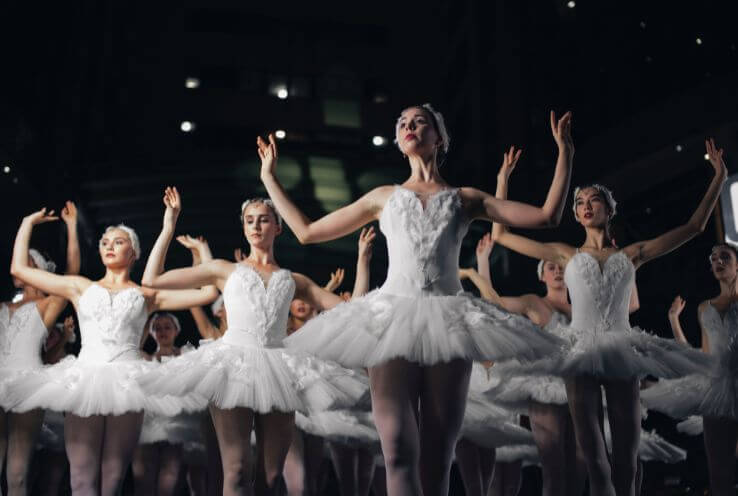
Ballet is one of the primary sources of inspiration for modern jazz dancing. Due to the apparent differences between jazz and ballet music, this might seem surprising. Jazz is a more rapid and frequently very sharp style.
The movements are primarily adapted from ballet, even though jazz is typically faster and based on more abrupt moves and turns. Because of this, teachers frequently advise kids to start learning ballet before jazz.
If you’ve ever seen a jazz dance performed, try to identify any ballet movements. You might see a pirouette or some of the elegant jumps used in ballet.
Music is interesting because inspiration and influence frequently overlap in opposite directions. Jazz dancing borrows a lot from ballet, but modern ballet has also appropriated some jazz dancing techniques.
3. Classical Jazz
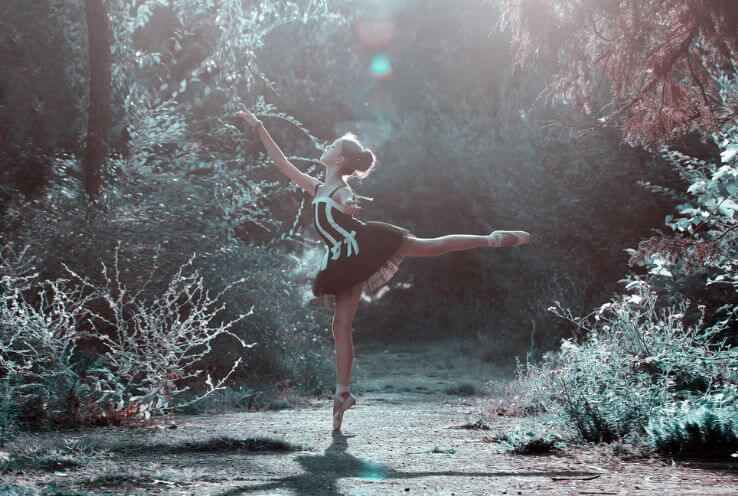
Jazz dance that emphasises the influence of ballet on jazz dance is known as classical jazz. If you enjoy musical theatre, you’ve seen examples of classical jazz. The dance routines in many Broadway productions are based on traditional jazz.
The isolation of the chest, hips, or shoulders is a common feature of classical jazz dances. Hinges may also be visible. If you’re new to dancing, you might see a hinge and think of The Matrix. You extend your arms and legs and straighten your entire body to perform a hinge. Set your shoes aside.
Next, squeeze with your thighs, then your shoulders, and finally your stomach. You want to bend your body backwards without bending your knees. Some hinges require you to eventually bend your knees and continue moving forward until your back touches the ground.
4. Afro-Jazz
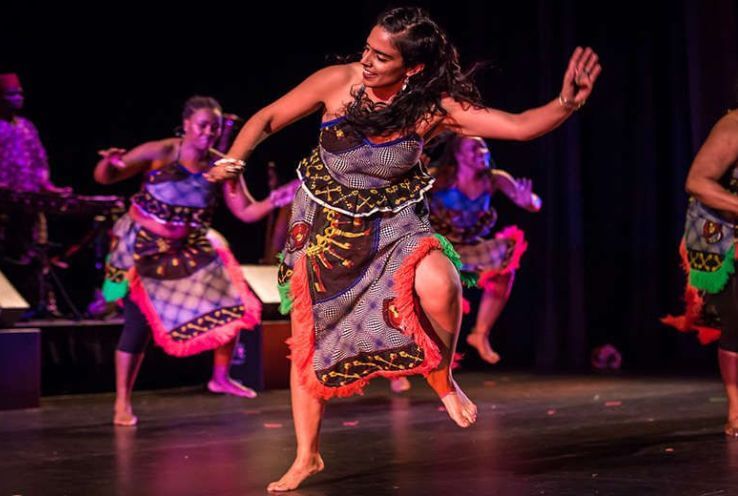
Afro-jazz also takes inspiration from some of jazz music’s significant influences, but it pays homage to the African roots of the dance. African or African-inspired songs are frequently used to accompany this jazz.
The ribcage and arms frequently move more quickly and fluidly due to their framework. In the meantime, the lower body acts as an anchor. It also emphasises footwork that is more rigid and jazz-inspired.
Afro-jazz dancing is not just African or American jazz, regardless of its title. It also incorporates elements of the Creole and Caribbean cultures that influenced the development of the New Orleans jazz scene.
5. Contemporary Jazz
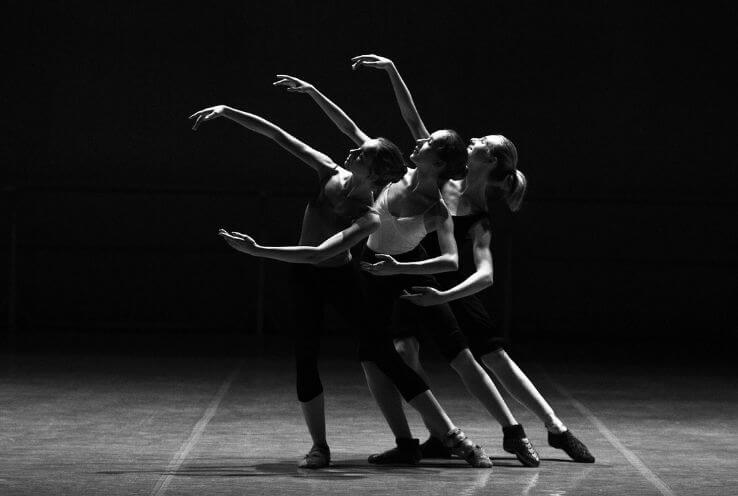
Jazz today is more accessible to categorise by what it isn’t than by what it is. Jazz in the present day is like the disobedient offspring of jazz in the past. It is primarily based on classical jazz but also intentionally strays from that style to promote greater artistic expression.
The use of classic twists on traditional jazz moves is one of the most apparent indicators of contemporary jazz. In contrast to the frequently sensational moves in classical jazz, a contemporary jazz dance may also include deliberately simple movements.
6. Latin Jazz
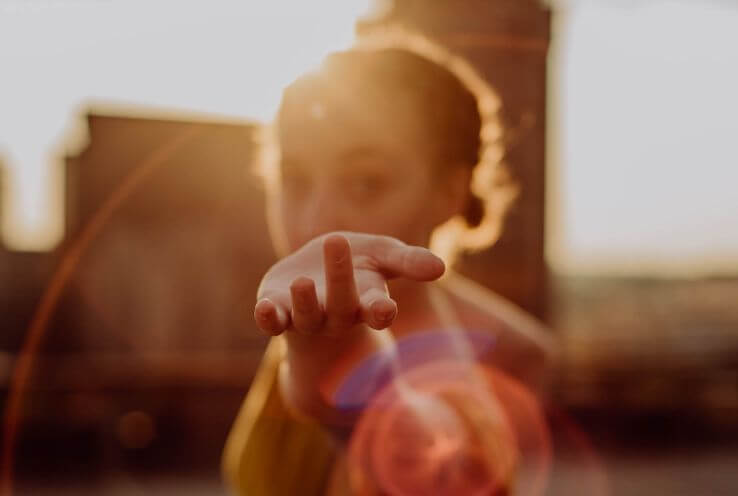
Jazz dancing that features traditional Latin instruments and is frequently set to Latin music is known as “Latin jazz.”
The emphasis of Latin dance is also on body part isolations or moves. These are frequently accompanied by syncopated triplets or other triplet formations that deviate from the established metre. Jazz dancing frequently uses syncopation, which increases the routine’s element of surprise and excitement.
Like many Latin dance styles like Tango and Salsa, much of the movement in this style comes from the hips.
Jazz Dance: A Review
A very intricate dance form, jazz has developed over many years—possibly even centuries. The history, movements, and styles of jazz dancing have been briefly discussed in this article, but there are entire books worth of information available. If you’re interested, we advise you to learn more.
Please visit our website if you want to learn more about dancing or if you’re looking for dancing attire. In our shop, we have a wide selection of dancewear.
Conclusion
Are you interested in learning the intricacies of Jazz dance? Then Symphony of dance can be your best partner. They have the best dance instructor with a minimum experience of 10 years. Jazz, as the most difficult dance practice, can be really tough to learn, but Symphony Of Dance makes it easier.


Keyuna Handrack
Aliziah Irick
Hagen Heigel
Prahlad Yusufov
Alaysa Cantos
Jaliza Praul
Davayah d
Jamileh Madzhidov
Teghan Paramasivam